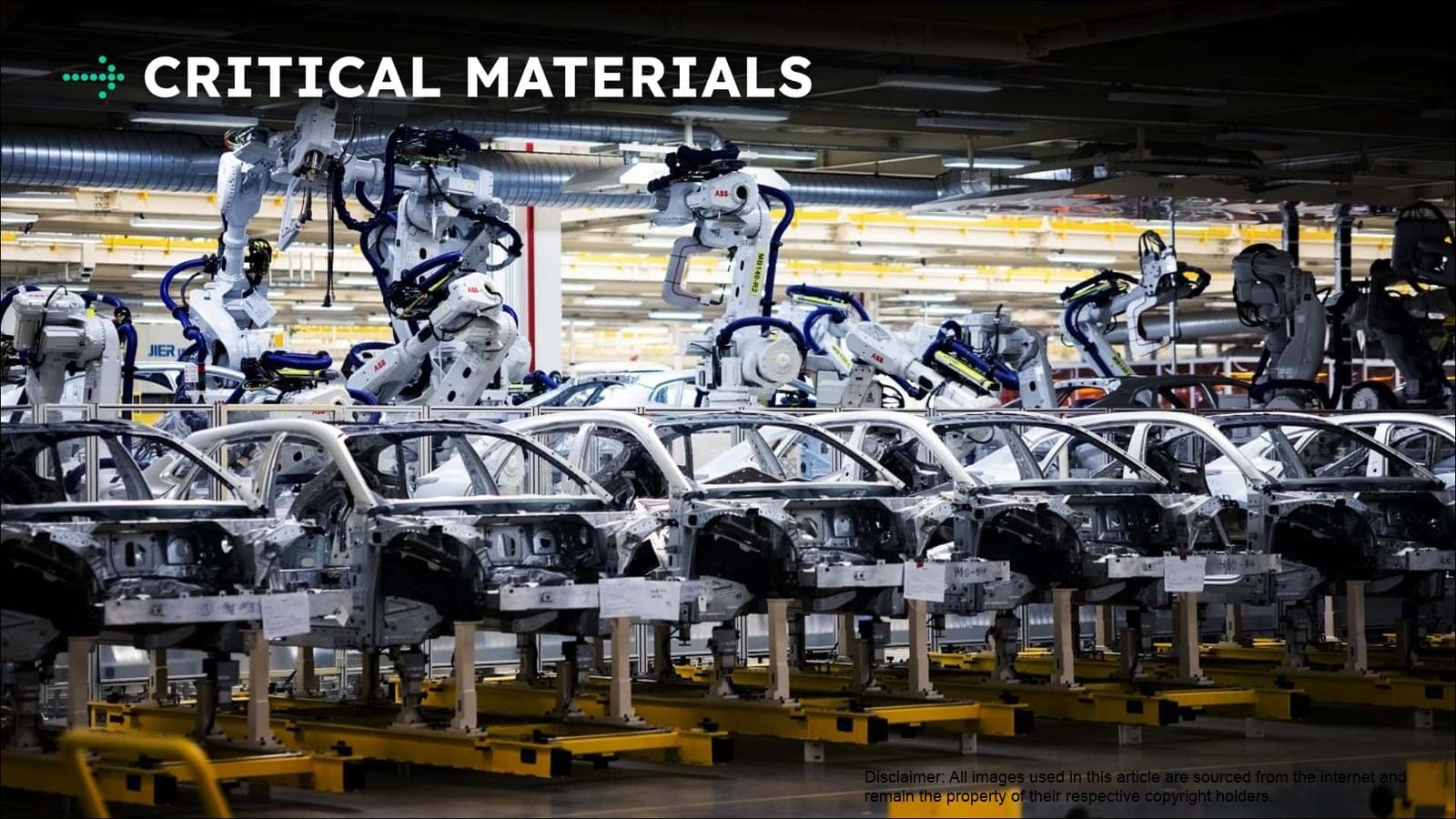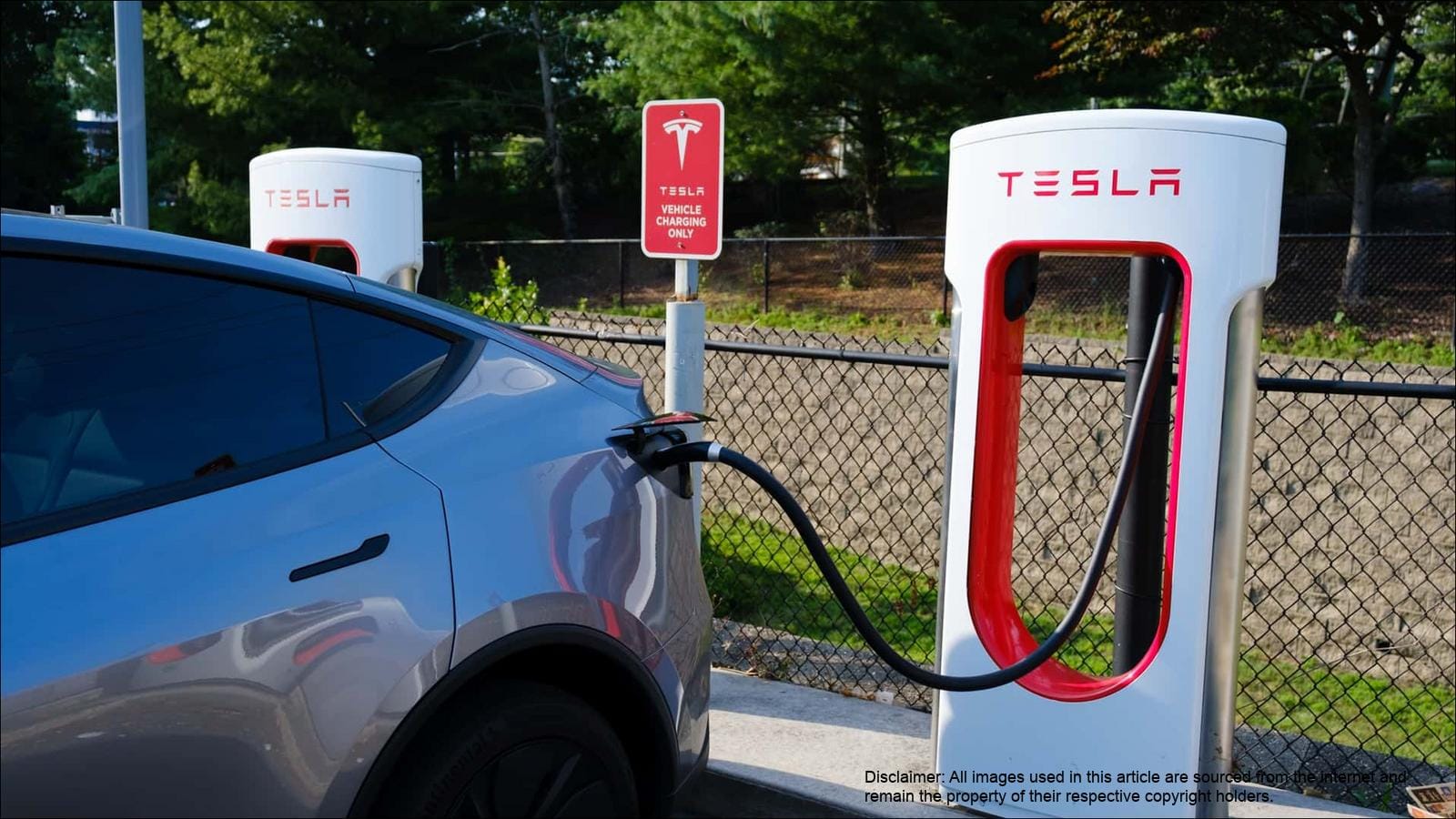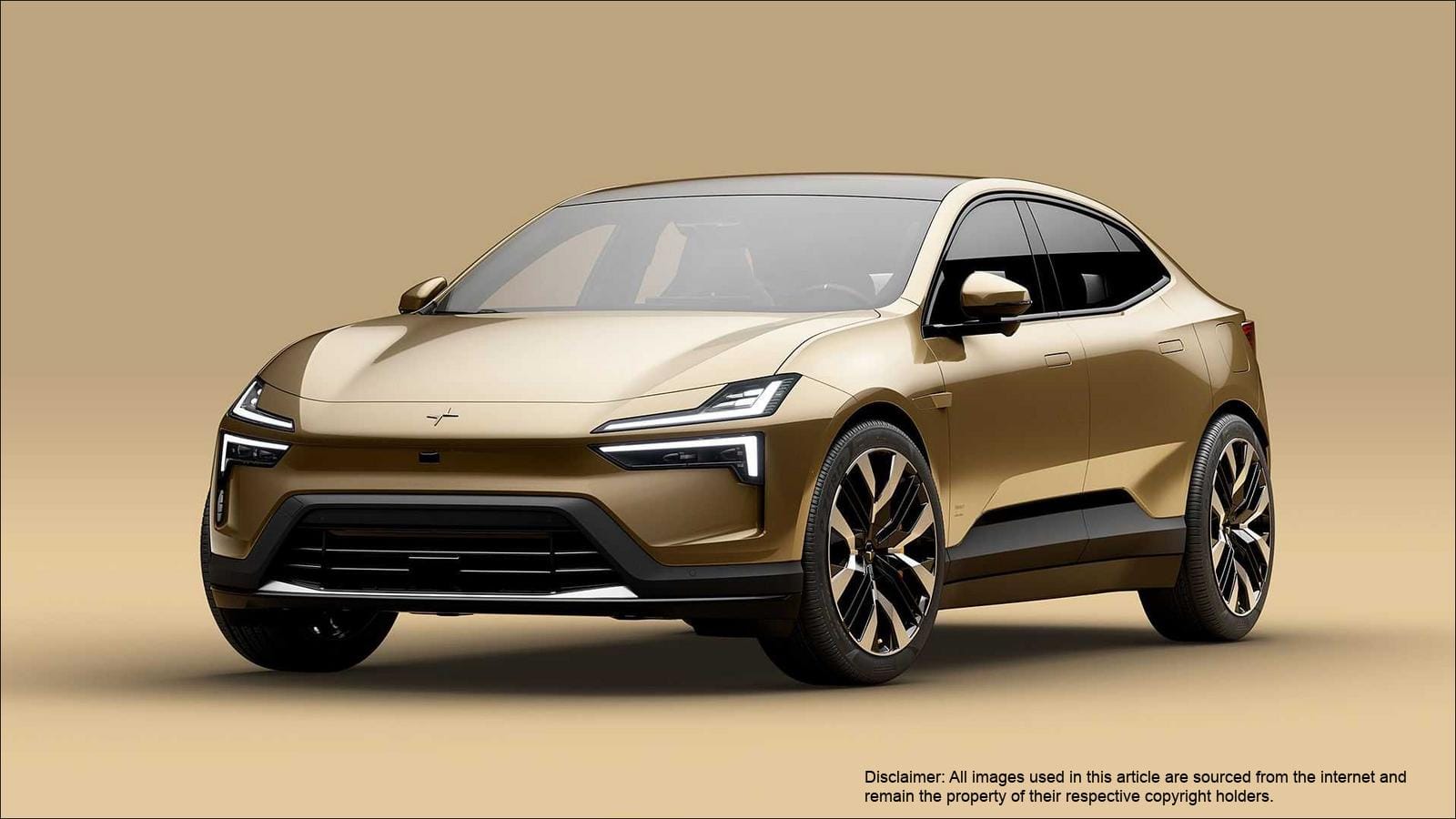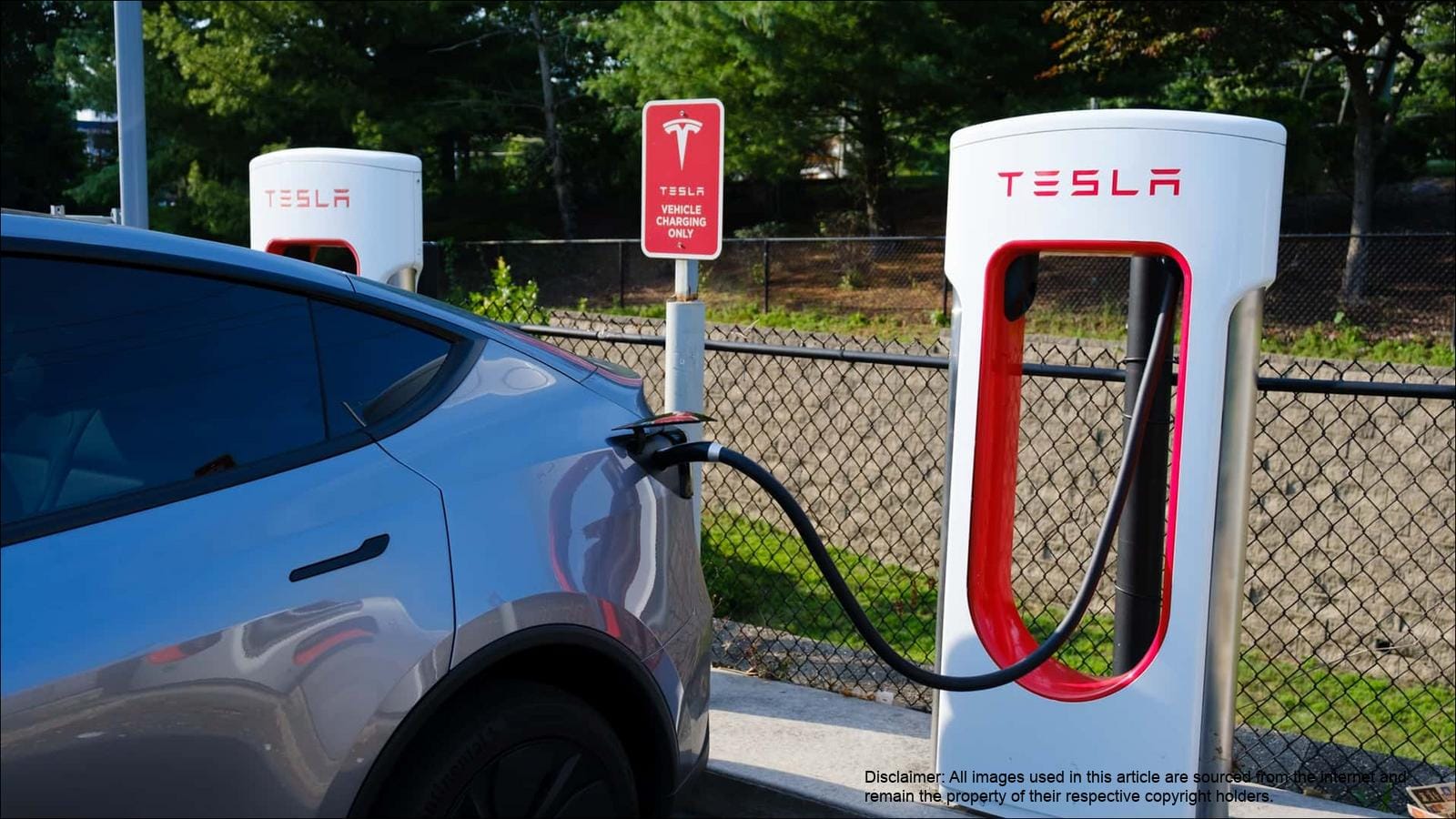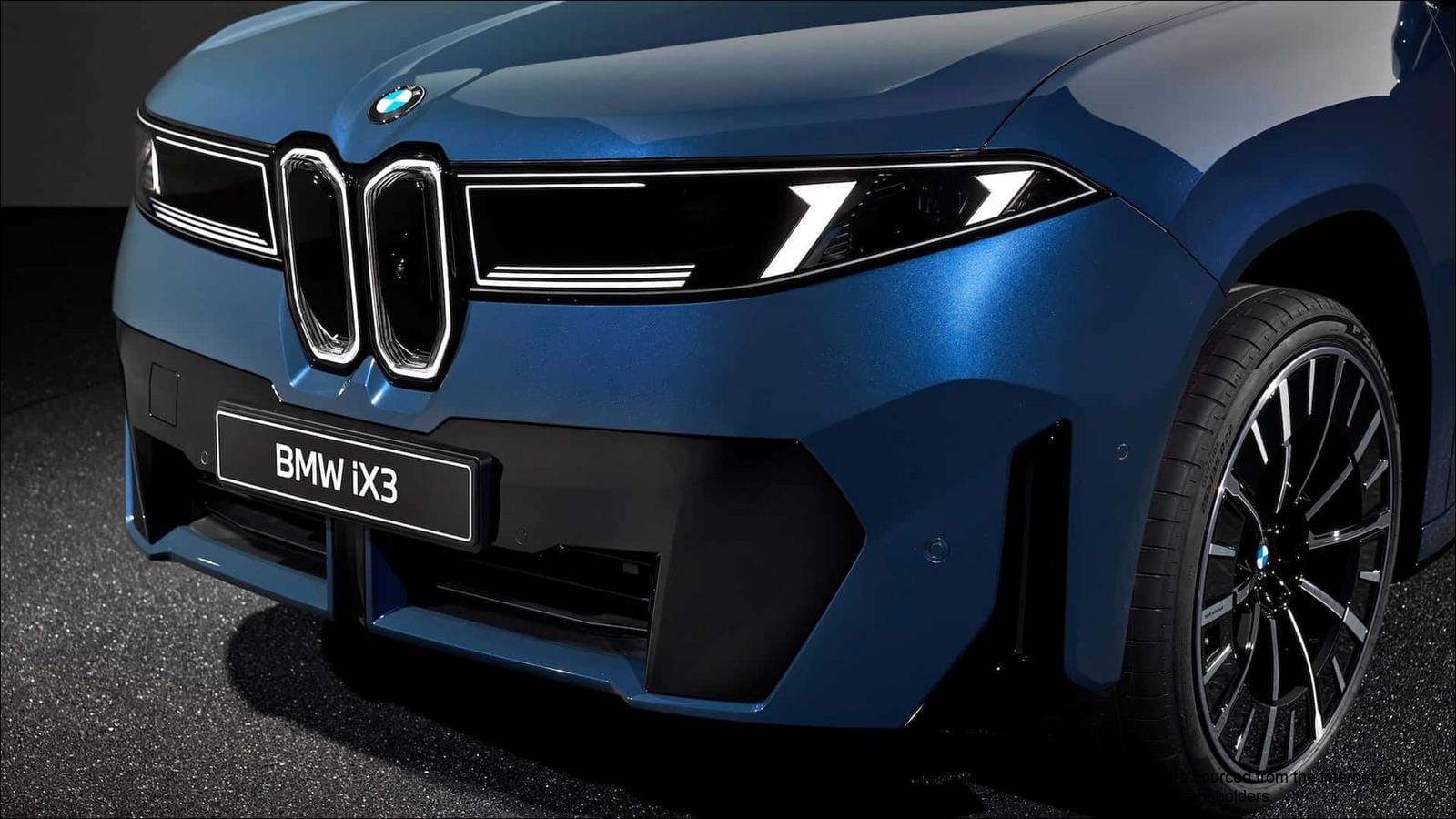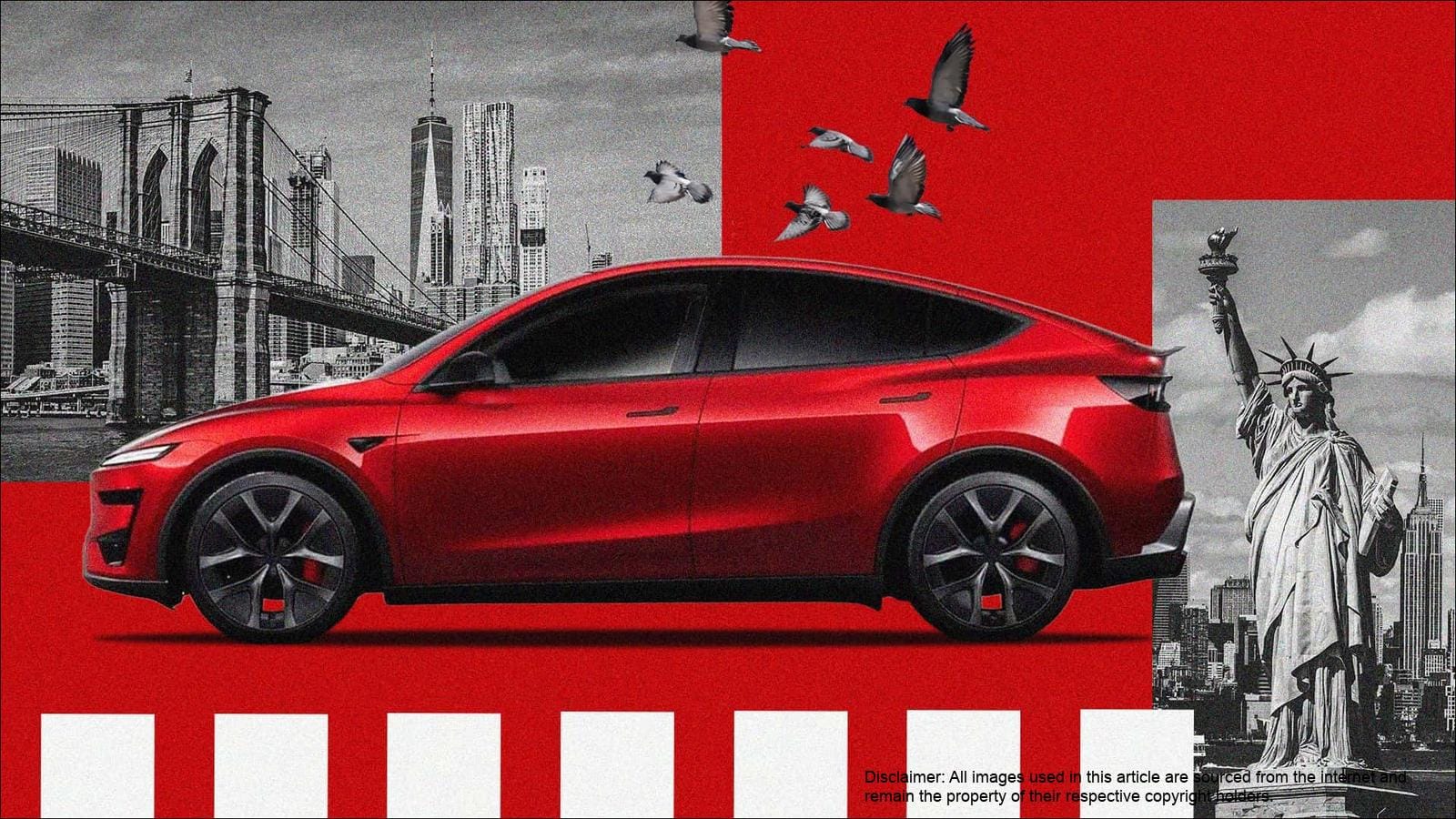The Looming Threat of EV Overcapacity
With over 100 brands vying for dominance in the Chinese electric vehicle (EV) market, a significant concern is emerging: EV overcapacity. This isn’t just a local issue; it’s a potential global crisis that could reshape the automotive industry. The rapid expansion of EV production in China, fueled by ambitious government policies and substantial investments, has led to a situation where the supply of EVs far exceeds domestic demand. This oversupply is now forcing manufacturers to look beyond China’s borders, intensifying competition in international markets and raising concerns about the long-term sustainability of the industry.
Geely’s Warning and Industry Perspectives
Li Shufu, chairman of Geely—a major automotive conglomerate that includes Volvo, Zeekr, and Lotus—has publicly warned about the “serious overcapacity” facing the global auto industry. His concerns highlight the precarious balance between production capacity and actual market demand. While some industry insiders, like Parker Shi of Great Wall Motors, dismiss overcapacity as a “fake concept,” the reality on the ground suggests otherwise. The intense price wars among Chinese EV manufacturers, with smaller brands struggling to survive, serve as a stark reminder of the challenges posed by excessive production.
The Global Implications and Protectionist Measures
The potential flood of Chinese EVs into international markets has sparked protectionist measures in the West. The United States, wary of the competitive threat posed by low-cost Chinese EVs, has imposed tariffs to limit their entry. Similarly, the European Union is considering regulations to address pricing disparities and ensure fair competition. These measures reflect a broader concern that Chinese automakers, backed by substantial state subsidies, could destabilize domestic industries in the U.S. and Europe. The situation is further complicated by the fact that while Western consumers may be interested in affordable EVs, domestic manufacturers struggle to match the cost-effectiveness of their Chinese counterparts. This has led Chinese automakers to target markets in Asia, Eastern Europe, and Latin America, although their eventual entry into the U.S. and Europe seems inevitable.
| Factor | Description |
|---|
| EV Production Capacity in China | Significantly exceeds domestic demand, leading to an oversupply. |
| Price Wars | Intense competition among Chinese EV manufacturers, forcing smaller brands to the brink. |
| Protectionist Measures | Tariffs and regulations in the U.S. and Europe to limit the influx of Chinese EVs. |
| Target Markets | Chinese automakers are focusing on Asia, Eastern Europe, and Latin America to offset limited access to the U.S. and Europe. |


